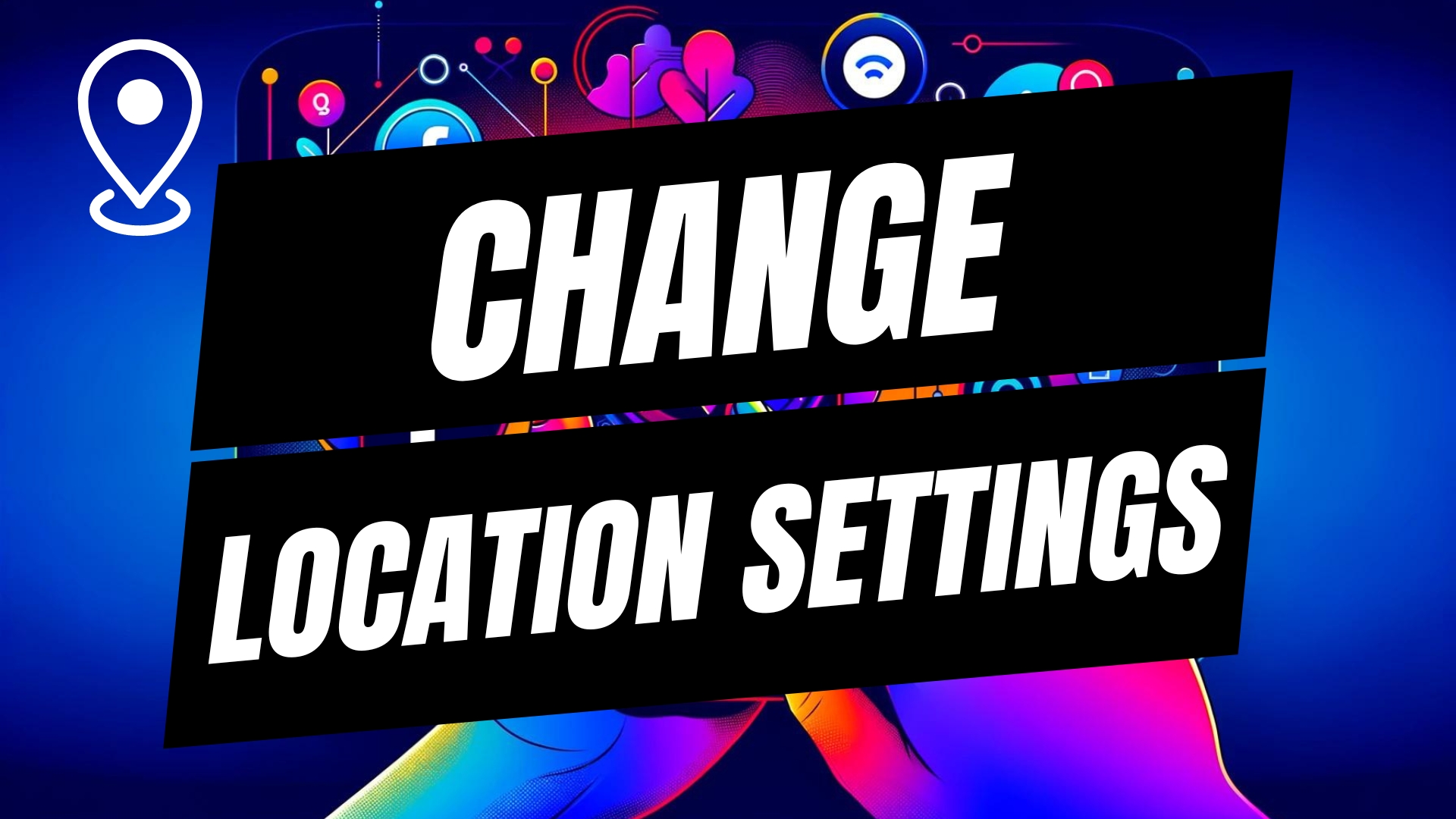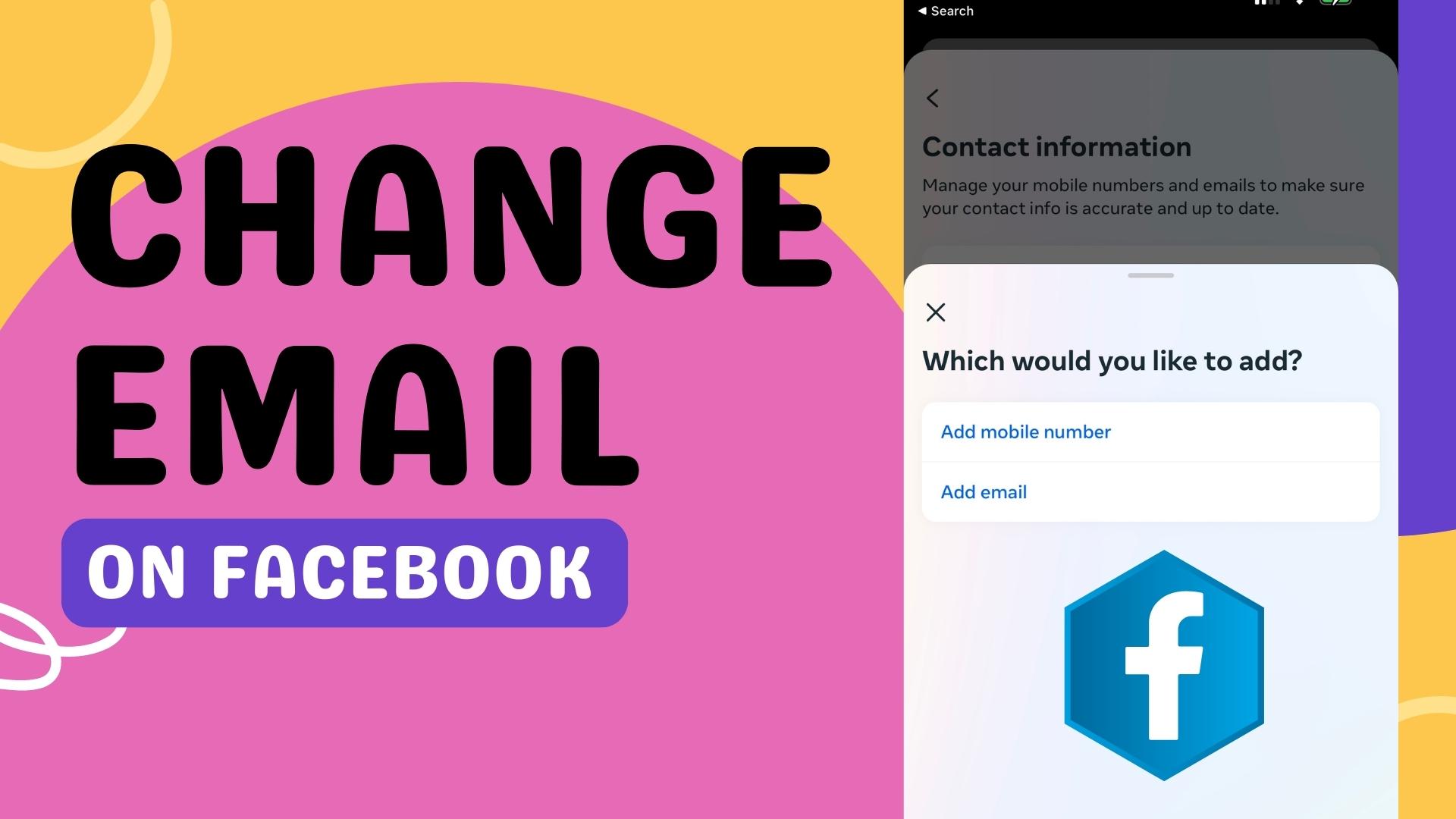In today’s digital world, social media platforms like Facebook have become an integral part of our lives, connecting us with friends, family, and the broader community. However, with this vast reach comes the potential for misuse and the spread of harmful content. Facebook’s Community Standards are designed to ensure a safe and positive experience for all users, and reporting inappropriate content is crucial in upholding these standards. This comprehensive guide will walk you through the process of reporting Facebook posts, providing clear instructions and addressing frequently asked questions.
Identifying Violations of Facebook’s Community Standards
Before delving into the reporting process, it’s essential to understand what constitutes a violation of Facebook’s Community Standards. These standards encompass a broad range of unacceptable behavior, including:
Nudity, violence, and graphic content: Facebook prohibits the posting of content that depicts nudity, violence, or other graphic material that may be disturbing or harmful to users.
Hate speech and discriminatory content: Facebook strictly enforces its policy against hate speech and discriminatory content, which targets individuals or groups based on race, ethnicity, religion, gender, sexual orientation, or other personal characteristics.
Bullying and harassment: Facebook takes bullying and harassment very seriously, prohibiting content that intends to intimidate, threaten, or humiliate others.
Misinformation and spam: Facebook aims to maintain a platform based on authenticity and transparency, prohibiting the spread of misinformation, spam, and deceptive content.
Reporting Inappropriate Content: A Step-by-Step Guide
Once you’ve identified content that violates Facebook’s Community Standards, it’s time to take action by reporting it. Here’s a step-by-step guide for reporting inappropriate posts:
Navigate to the post: Locate the post you wish to report.
Access the reporting options: Click on the three dots icon in the top right corner of the post.
Select “Report Post”: Choose the “Report Post” option from the dropdown menu.
Choose the appropriate reason: Select the category that best describes the violation, such as “Nudity or sexual activity,” “Hate speech or bullying,” or “Misinformation.”
Provide additional details: If necessary, provide further context or explanation regarding the violation.
Submit the report: Click on the “Submit” button to finalize the report.
Frequently Asked Questions (FAQs)
- What happens after I report a post?
Facebook’s team of reviewers will assess the reported content and determine if it violates Community Standards. If the violation is confirmed, Facebook will take appropriate action, which may include removing the post, restricting the poster’s account, or permanently disabling the account.
- Will the person who posted the content know I reported it?
No, Facebook maintains the confidentiality of reports to ensure that users feel comfortable reporting without fear of retaliation.
- What if I’m unsure whether a post violates Community Standards?
If you have doubts about whether a post violates Facebook’s guidelines, it’s always better to err on the side of caution and report it. Facebook’s reviewers will make the final determination.
- Can I report someone’s profile instead of a specific post?
Yes, you can report a profile if you believe it consistently violates Facebook’s Community Standards. Follow the same reporting process as for a post, selecting “Report Profile” instead of “Report Post.”
Reporting inappropriate content on Facebook plays a vital role in maintaining a safe and positive online environment for all users. By following these guidelines and reporting any violations you encounter, you can help keep Facebook a welcoming and inclusive space for everyone. Remember, your actions can make a significant difference in ensuring that Facebook remains a platform for meaningful connections and positive interactions.




Leave A Comment